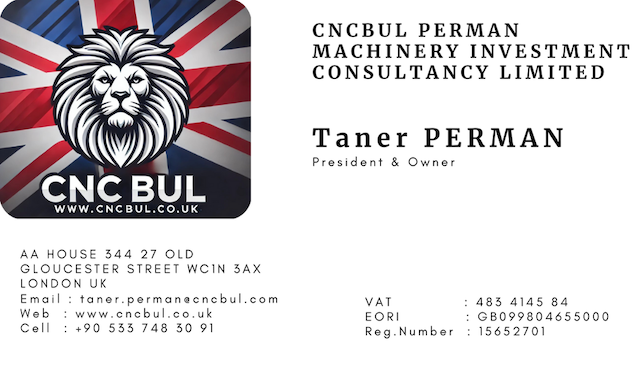What is CNC 5-Axis Vertical Electrofusion Wire Laying for Large Fittings & Pipe Sections?
CNC 5-Axis Vertical Electrofusion Wire Laying is a specialized manufacturing technique used to create precise, durable fittings and pipe sections, typically for applications that require strong, reliable joints in large-diameter pipes. This technology combines CNC (Computer Numerical Control) with 5-axis machining and electrofusion techniques to achieve precise placement of wires or conductive elements in large fittings and pipe sections. Here’s a breakdown of its technical components and how they work together:
Key Components and Concepts:
- 5-Axis CNC Control:
- In a 5-axis CNC setup, the machine can move along five different axes (X, Y, Z, and two rotational axes, often labeled A and B). This provides enhanced maneuverability and precision, allowing the machine to approach the part from multiple angles.
- For wire laying on complex geometries like large fittings or curved pipe sections, 5-axis control is essential to ensure the wire is laid accurately along the contours of the surface. This avoids any gaps or overlaps that could compromise the electrofusion process.
- Electrofusion Wire Laying:
- Electrofusion is a process used in thermoplastic welding, where an electric current is passed through wires embedded in the fittings or pipe section. This current generates heat, which melts the surrounding plastic, creating a strong, homogenous weld when it cools.
- In a 5-axis vertical CNC machine, a wire-laying head is used to position the conductive wire precisely onto or into the surface of the fitting or pipe section. The wire is placed in a specific pattern that ensures uniform heat distribution during the welding process.
- The wire-laying process is tightly controlled to ensure proper wire spacing, depth, and alignment for optimal weld strength.
- Vertical Machining Setup:
- A vertical setup is used because it is often more suitable for large, bulky pipe sections and fittings. In a vertical configuration, gravity helps support the part’s weight, reducing the stress on the machine’s holding mechanisms.
- Large fittings and pipe sections can be challenging to position horizontally, so a vertical machine provides stability and ease of access for the wire-laying head to reach all areas of the part.
- Precision in Large-Scale Applications:
- Large fittings and pipe sections require robust joints to handle high pressures, such as those in water, gas, or industrial fluid pipelines. Any weak spots in the weld could lead to failures.
- The 5-axis CNC control allows the machine to precisely follow the geometry of large fittings and pipes, ensuring consistent wire placement, which is critical for even heating and a strong bond.
- Process Workflow:
- CAD/CAM Integration: The process begins with designing the wire pattern and layout in CAD software. The design is then translated into machine code (G-code) by CAM software, which takes into account the 5-axis movement and ensures the wire is laid in the correct pattern and depth.
- Setup: The fitting or pipe section is positioned on the CNC machine, often using specialized fixtures to hold the large component securely in the vertical orientation.
- Wire Laying: The CNC machine lays the conductive wire according to the programmed pattern. The 5-axis control allows the machine to follow complex curves and contours, ensuring the wire is laid smoothly across all surfaces.
- Fusion: Once the wire is in place, an electric current is applied, heating the wire and melting the surrounding material to create the weld. This process is carefully controlled to achieve uniform melting without overheating or damaging the material.
- Applications:
- This technique is commonly used in the production of large plastic (e.g., polyethylene) fittings and pipe sections for plumbing, gas distribution, and industrial pipelines.
- It is ideal for applications requiring durable, leak-proof joints that can withstand high pressures and challenging environmental conditions.
Technical Advantages:
- High Precision and Repeatability: 5-axis CNC control allows for precise wire placement, essential for consistent weld quality in large fittings and complex shapes.
- Enhanced Strength and Integrity: The electrofusion process ensures a homogeneous weld, reducing the risk of weak spots and making the joints highly resistant to leaks and failures.
- Efficient for Large Components: The vertical setup and 5-axis flexibility make it easier to handle large, heavy parts, ensuring the machine can access all necessary areas for complete wire coverage.
Summary
In summary, CNC 5-Axis Vertical Electrofusion Wire Laying for large fittings and pipe sections combines precise wire placement and robust welding techniques to produce strong, reliable connections in large plastic components. This technology is critical in industries where high-performance, leak-proof joints are essential, providing enhanced control over the fusion process and producing joints capable of withstanding extreme conditions.


